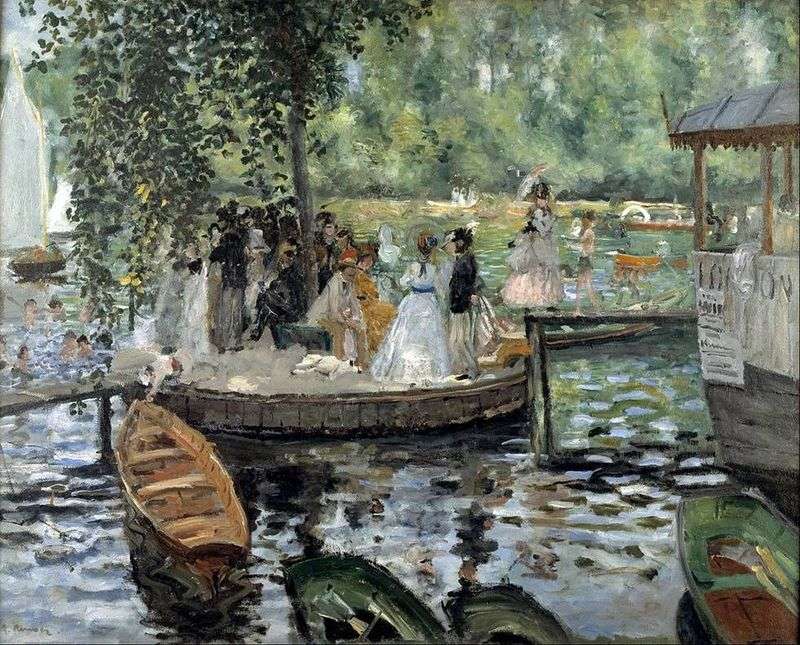
The Frogger was a water café, located on a pontoon moored to the banks of the Seine, which stood in a small bay of the river and connected to the island by a transitional bridge, thrown over a tiny island, which some called the “flower pot”, and others – the Camembert. A charming corner, with the atmosphere of carelessness and happiness that habitually reigned here during the Second Empire, is described in detail by both the Goncourt brothers, Zola and Maupassant. The latter was particularly liked the cheerful atmosphere of the Frogdog.
In the novel “The Wife of the Field”, which was released simultaneously with the “Institution of Telye”, “a whole flotilla of skiffs, single-handed racing boats, canoes, boats, of various shapes and materials, which slid along the fixed surface, collided with oars, they suddenly stopped from a powerful capture and dispersed from the thrust of the sinewy hands and sped along the waves, reminding yellow and red fishes. “
Often in small, grass-covered coves, on cool meadows under willows, on lush lawns, holidaymakers dispersed in different directions and, carelessly lounging on the grass, tried to sit out the hot siesta time in the shade of the trees, so only in some places you could see that straw hat, then a red blouse, then a frill of some kind of petticoat… “Typically impressionistic picture, described in the novel of the brothers Goncurov” Manetta Salomon “.
In the evenings, the whole society gathered on a pontoon, lit by colored lanterns, which cast reflections on the water. That’s when the holiday began! An orchestra of five musicians performed waltzes, gallop and quadrille. At that time, Renoir and Monet worked side by side, using identical plots, and in very close to each other styles. Not every expert, even with close study will determine who the author of a work. These paintings can be called in the full sense of the word impressionistic. They embodied all the characteristic features of the movement: the study of water and glare, colored shadows, transparency, flickering colors, the division of the stroke, the use of a light palette, limited to the three main and three additional colors.
Surprisingly and, one can say, miraculously, it turned out that while developing the principles of life-affirming painting, Monet and Renoir learned their darkest days. Lack of money forced Renoir to return under family shelter, and Claude Monet, who was no longer receiving cash benefits from relatives and who could not sell anything from his paintings, was chasing hunger. He had nothing to feed Camille and his son, despite constant calls for help. His pleas did not always receive a response, and Renoir repeatedly saved Monet’s family from starvation, bringing them something from his table… “
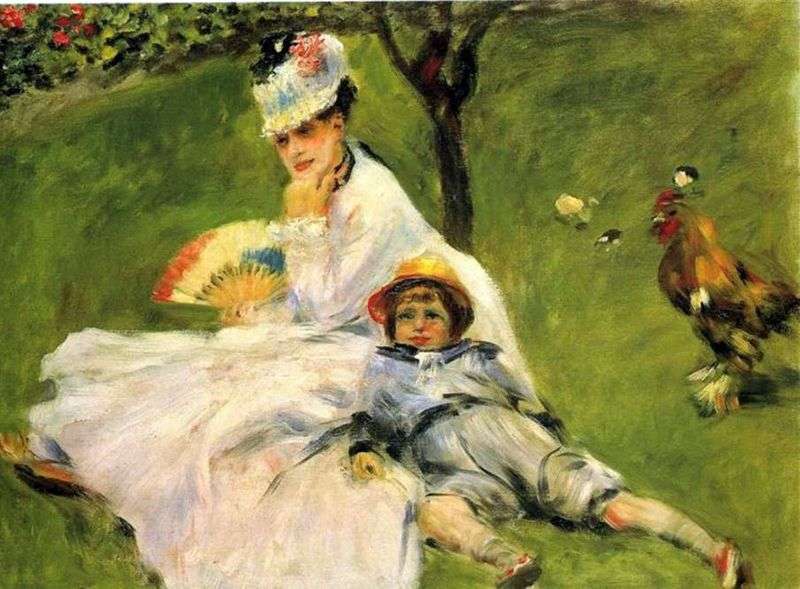 Madame Monet in the garden by Pierre Auguste Renoir
Madame Monet in the garden by Pierre Auguste Renoir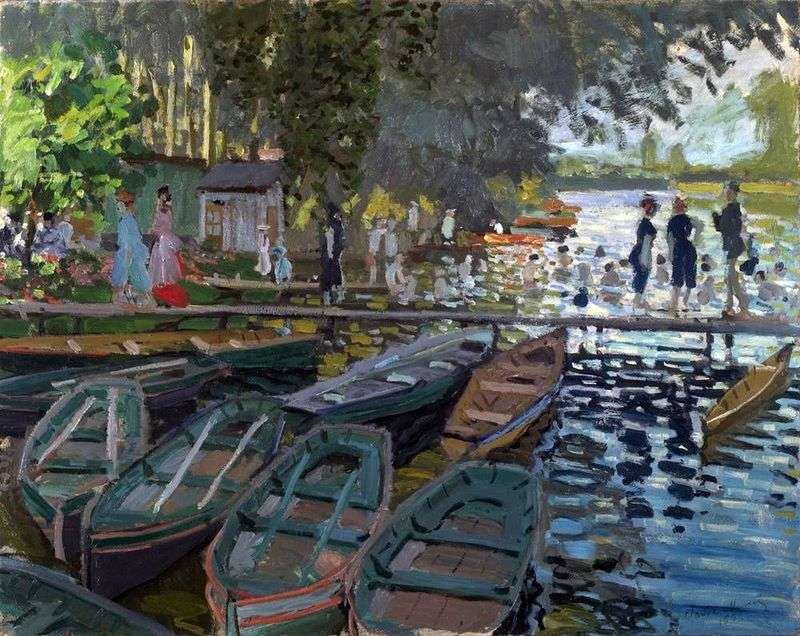 Bathing in Frogsman by Claude Monet
Bathing in Frogsman by Claude Monet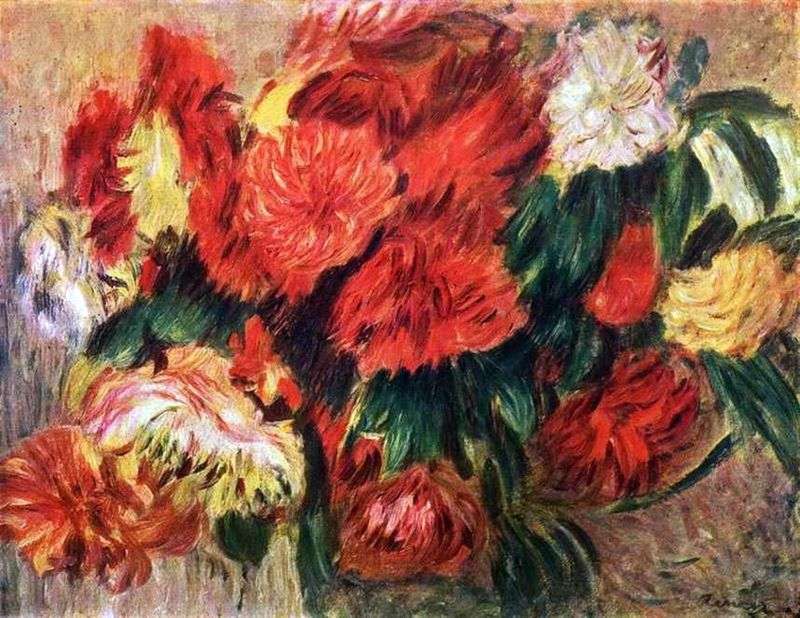 Still Life with Chrysanthemums by Pierre Auguste Renoir
Still Life with Chrysanthemums by Pierre Auguste Renoir La Grenouillere by Claude Monet
La Grenouillere by Claude Monet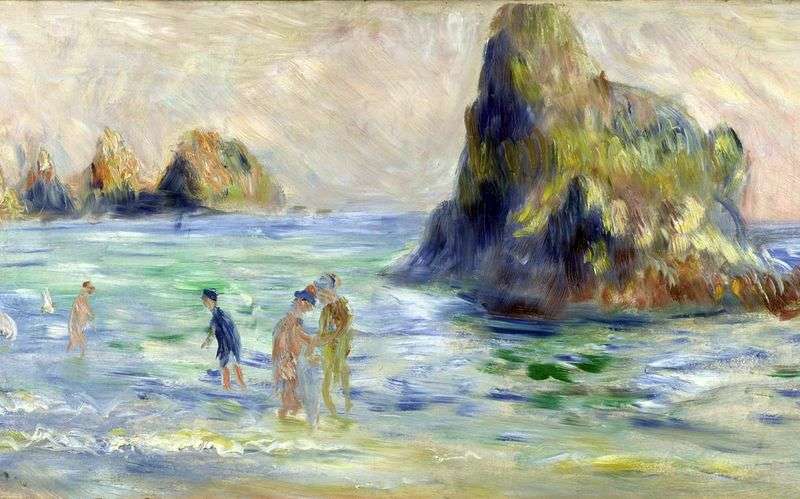 Etudes oil by Pierre Auguste Renoir
Etudes oil by Pierre Auguste Renoir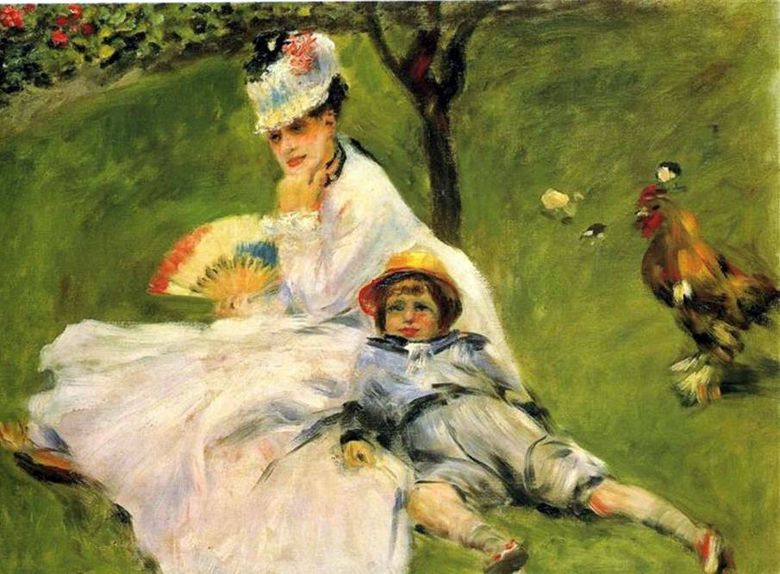 Madame Monet dans le jardin – Pierre-Auguste Renoir
Madame Monet dans le jardin – Pierre-Auguste Renoir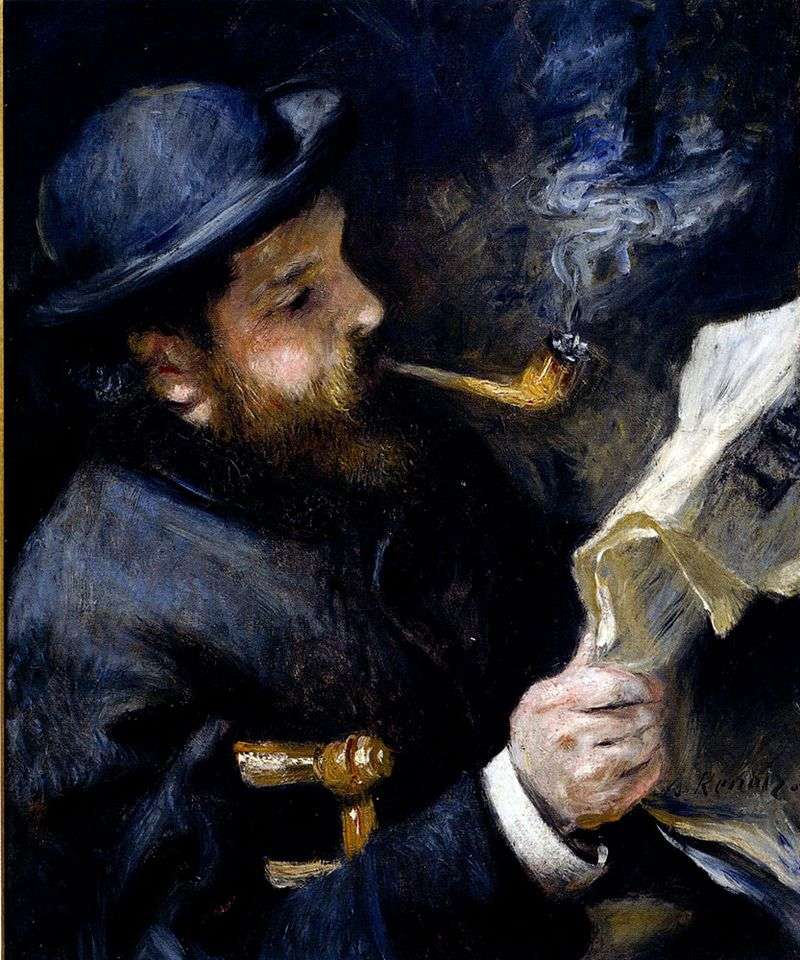 Monet Reads by Pierre Auguste Renoir
Monet Reads by Pierre Auguste Renoir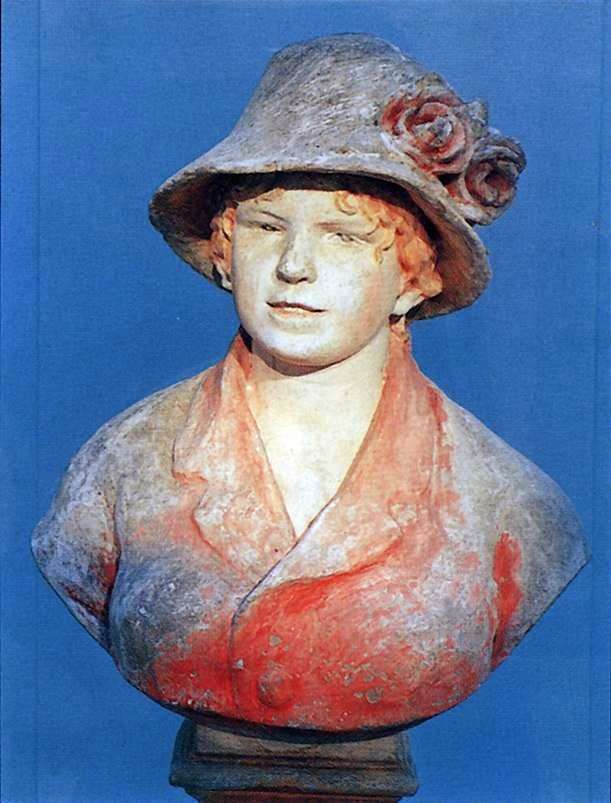 Bust of Renoir’s wife Alina by Pierre-Auguste Renoir
Bust of Renoir’s wife Alina by Pierre-Auguste Renoir